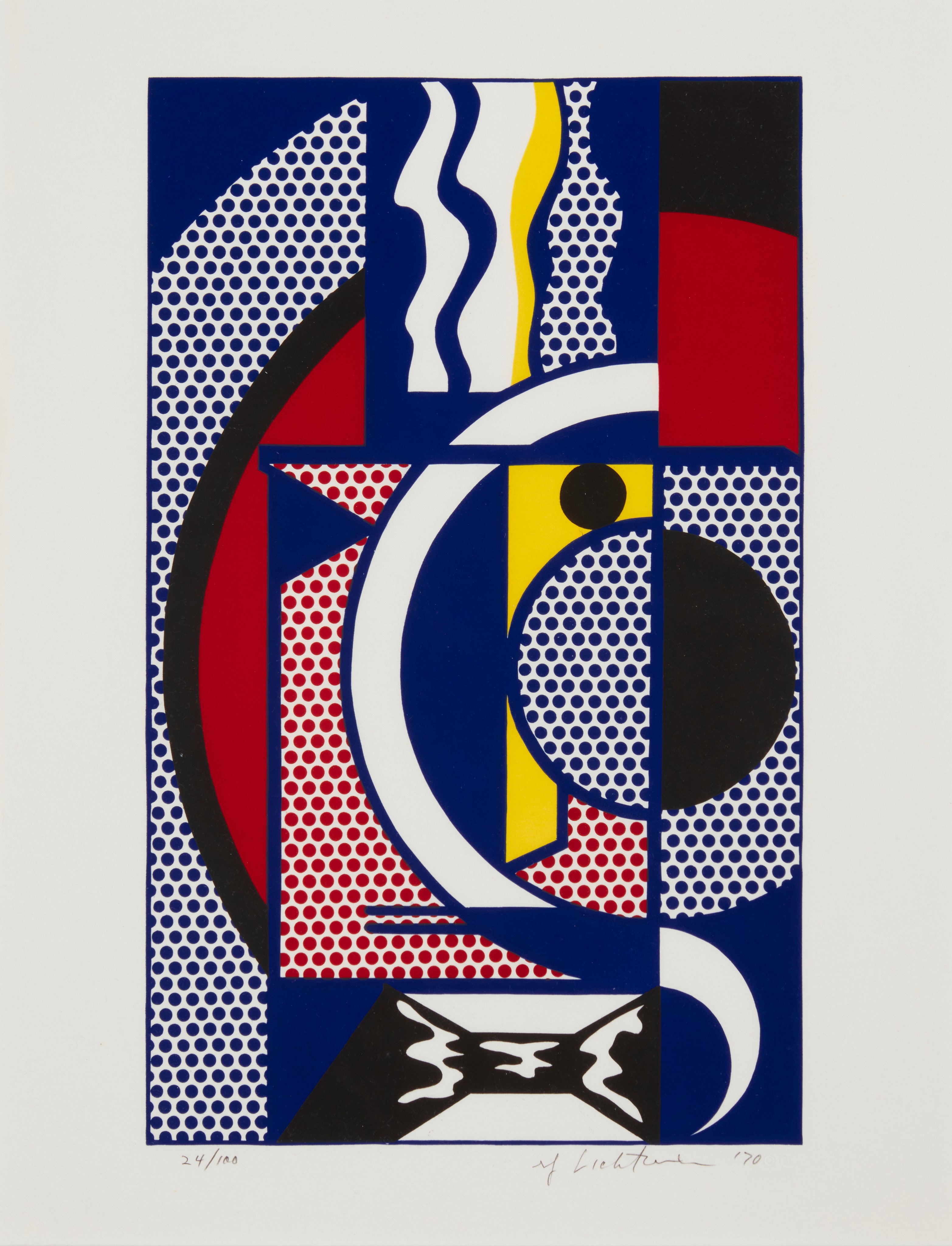LOS ANGELES— John Moran Auctioneers‘ first California Living sale of 2024 features the Marmor family collection, which focused on art of the 1960s and 1970s, including works by Roy Lichtenstein, Robert Rauschenberg, David Hockney, and Jasper Johns. The sale also has pieces by Sam Maloof, Jonathan Adler, and other mid-century icons. The complete catalog is now open for bidding at LiveAuctioneers.
Drs. Judd and Katherine Marmor were well acquainted in the LA art scene during the last half of the 20th century. They forged connections with modern and contemporary artists such as William N. Copley, George Herms, Ed Kienholz, Roy Lichtenstein, Ed Ruscha, Frank Stella, and H. C. Westermann. The couple built a large collection of prints and assemblages, were founding members of the Museum of Contemporary Art, and were long-time supporters of the Los Angeles County Museum of Art (LACMA). Through their acumen and purchases from artists’ studios and galleries, their collection represents a microcosm of Los Angeles art from this influential period.
Leading the offerings in the Marmor collection is a steel sculpture by Sir Anthony Alfred Caro, Table Piece CCCLXXIII. Caro (1924-2013) was an English abstract sculptor whose work is characterized by assemblages of metal using found industrial objects. Considered one of the greatest British sculptors of his generation, Caro’s 1977 work carries a $40,000-$60,000 estimate.
Peter Alexander (1939-2020) was a member of the Light and Space artist movement in 1960s-era Southern California. Notable for his resin sculptures, the Moran sale includes his Grey Wedge, a 1969 floor sculpture that tapers from a smoky black to a clear resin. It is estimated at $20,000-$30,000.
Highlighting the selection of fine art is Jade Hole, a 1980 work by Robert Rauschenberg (1925-2008). He is known for his groundbreaking work in printmaking and photography, inspiring countless innovations and pushing the boundaries of what was possible in the realm of contemporary art. Estimated at $40,000-$60,000, Jade Hole is an example of Rauschenberg’s use of his own photography and multi-media processes, a testament to his commitment to innovation and experimentation.
One of the artists the Marmors befriended was an influential figure in the post-war art world: William Copley (1919-1996). Renowned for his vibrant and audacious pieces that challenged conventional artistic norms, Copley’s body of work is a rich tapestry of narrative compositions, featuring curvilinear figures, bold contours, and a vibrant palette of colors. His legacy is a vital link between European Surrealism and American Pop art, and his Haut Boy from 1970 is estimated at $30,000-$50,000.
Jasper Johns’ Light Bulb from his 1969 Lead Reliefs series is estimated at $20,000-$30,000. The relief is a profound exploration of American cultural symbols encapsulated in lead, revealing the artist’s enduring fascination with mundane objects and their transformation into potent symbols of meaning. The series encapsulates Johns’ lifelong endeavor to destabilize and recontextualize the ordinary, transforming “things the mind already knows” into objects of contemplation and intrigue. At the heart of this piece lies the enigmatic presence of the light bulb, a motif that recurs throughout Johns’ career as a symbol of illumination and artistic creation. The Light Bulb lead relief represents a pivotal moment in Johns’ artistic evolution, showcasing his mastery of medium and his relentless pursuit of visual and conceptual complexity.
Roy Lichtenstein (1923-1997) was another artist the Marmors were fortunate to have in their social circle. The couple’s vast print collection included many Lichtensteins, 16 of which are featured in this sale. Among the offerings are CRAK! from 1964, estimated at $15,000-$20,000; multiple works from his 1969 Haystack Series and 1972’s Mirror Series, each estimated at $8,000-$12,000; and examples from his 1970 Modern Head series, with estimates ranging from $10,000-$20,000. Lichtenstein’s Modern Head series, created in the 1970s, stands as a critical dismantling of the history of Modern Art. This series represents a shift in Lichtenstein’s approach, moving away from mass-produced imagery towards the appropriation of stylistic conventions and specific works of Modern masters, including Picasso, Monet, Matisse, and Mondrian. Each work in the Modern Head series was produced using a distinct commercial printing process, including woodcut, lithography, line-cut, embossing, and die-cut paper overlay.
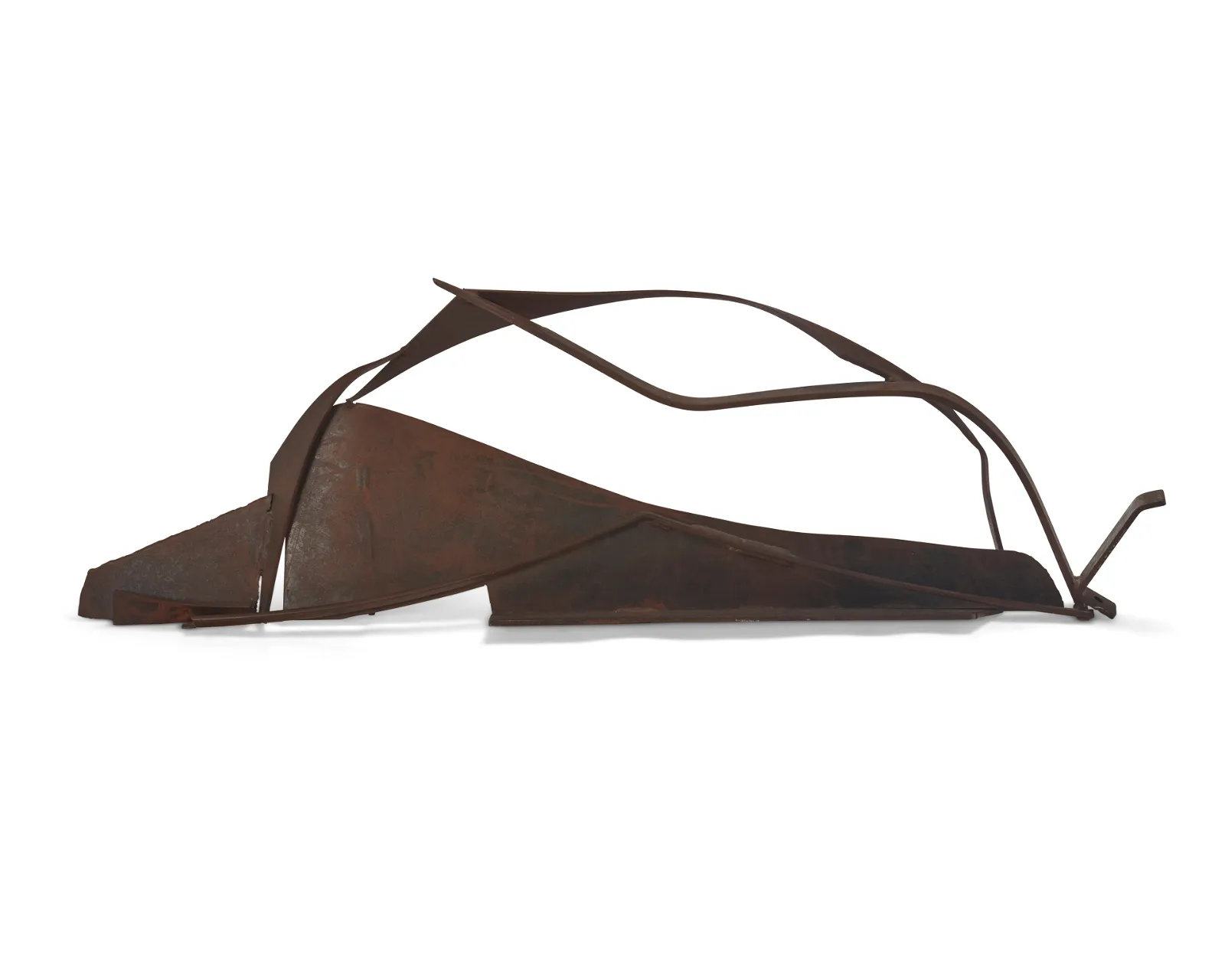
Sir Anthony Alfred Caro, 'Table Piece CCCLXXIII,' estimated at $40,000-$60,000 at Moran.
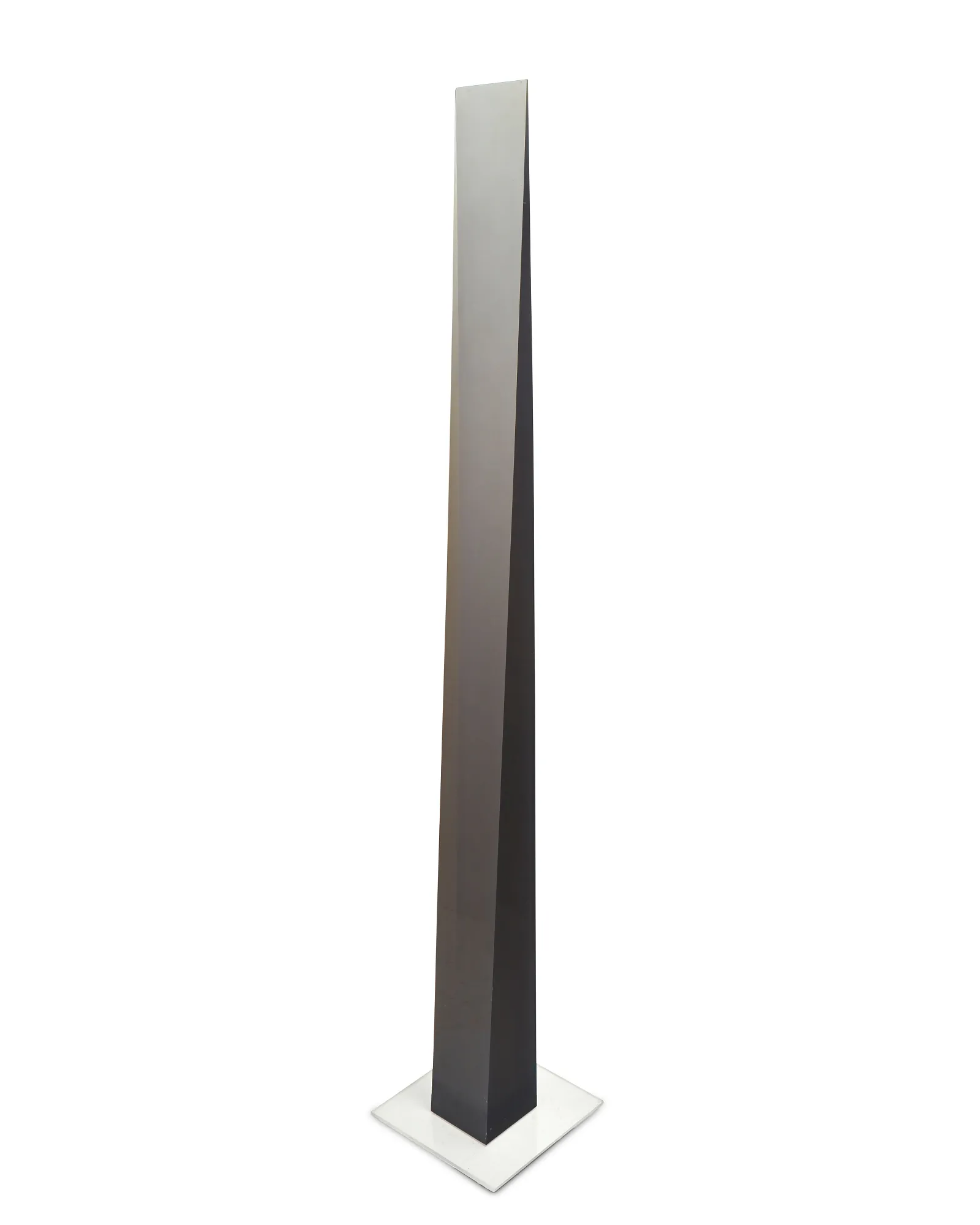
Peter Alexander, 'Grey Wedge,' estimated at $20,000-$30,000 at Moran.
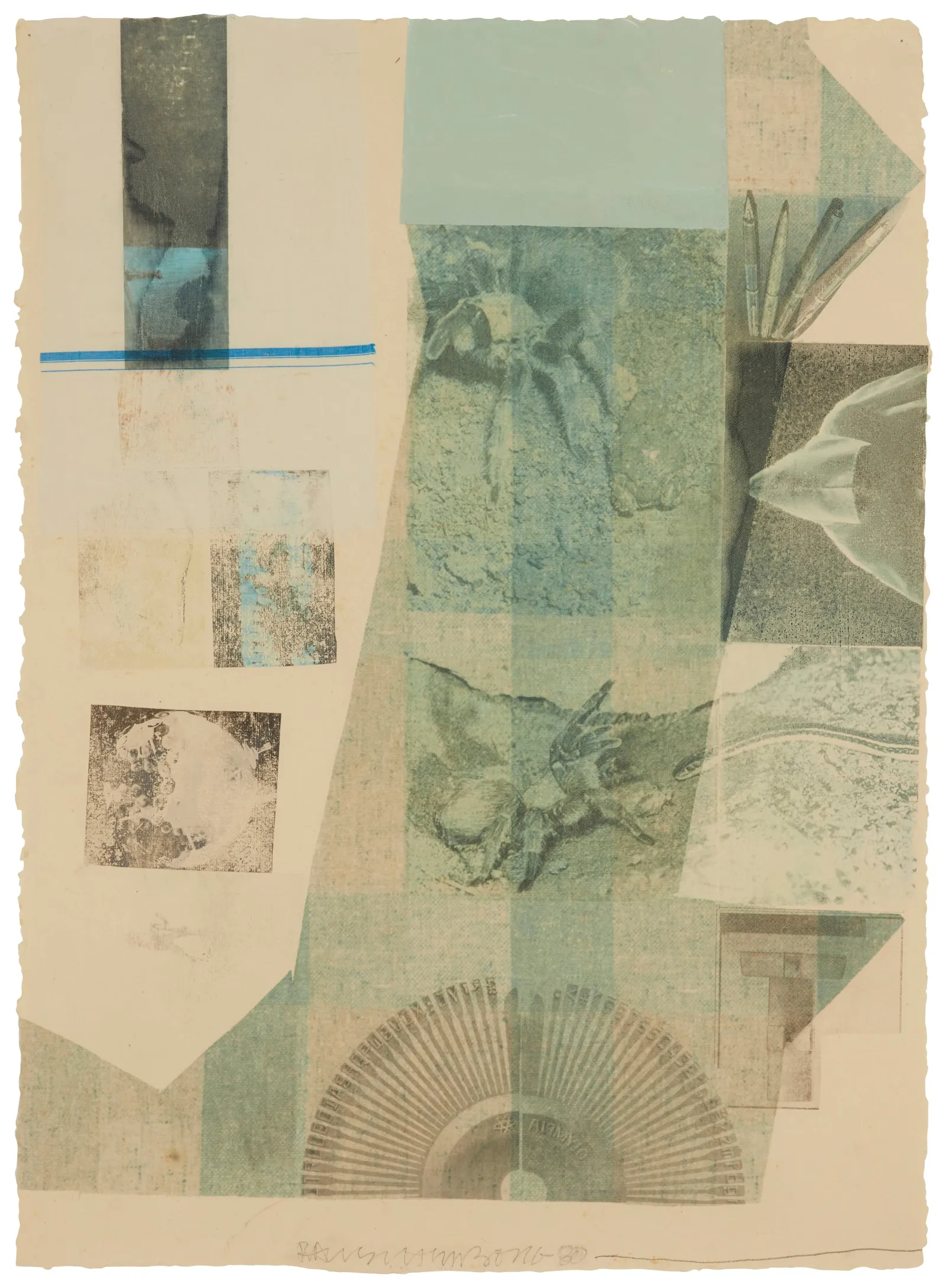
Robert Rauschenberg, 'Jade Hole,' estimated at $40,000-$60,000 at Moran.
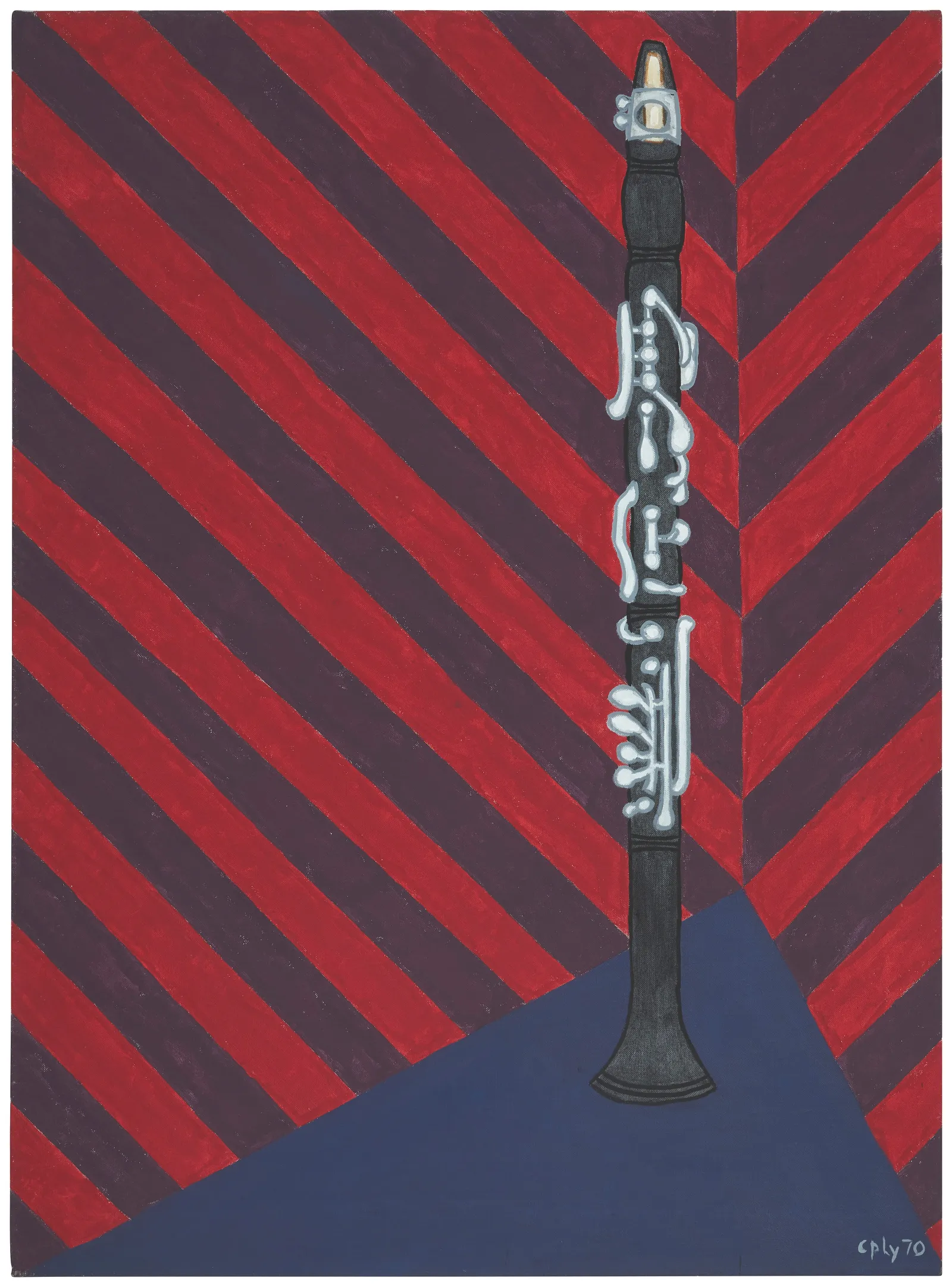
William Copley, 'Haut Boy,' estimated at $30,000-$50,000 at Moran.
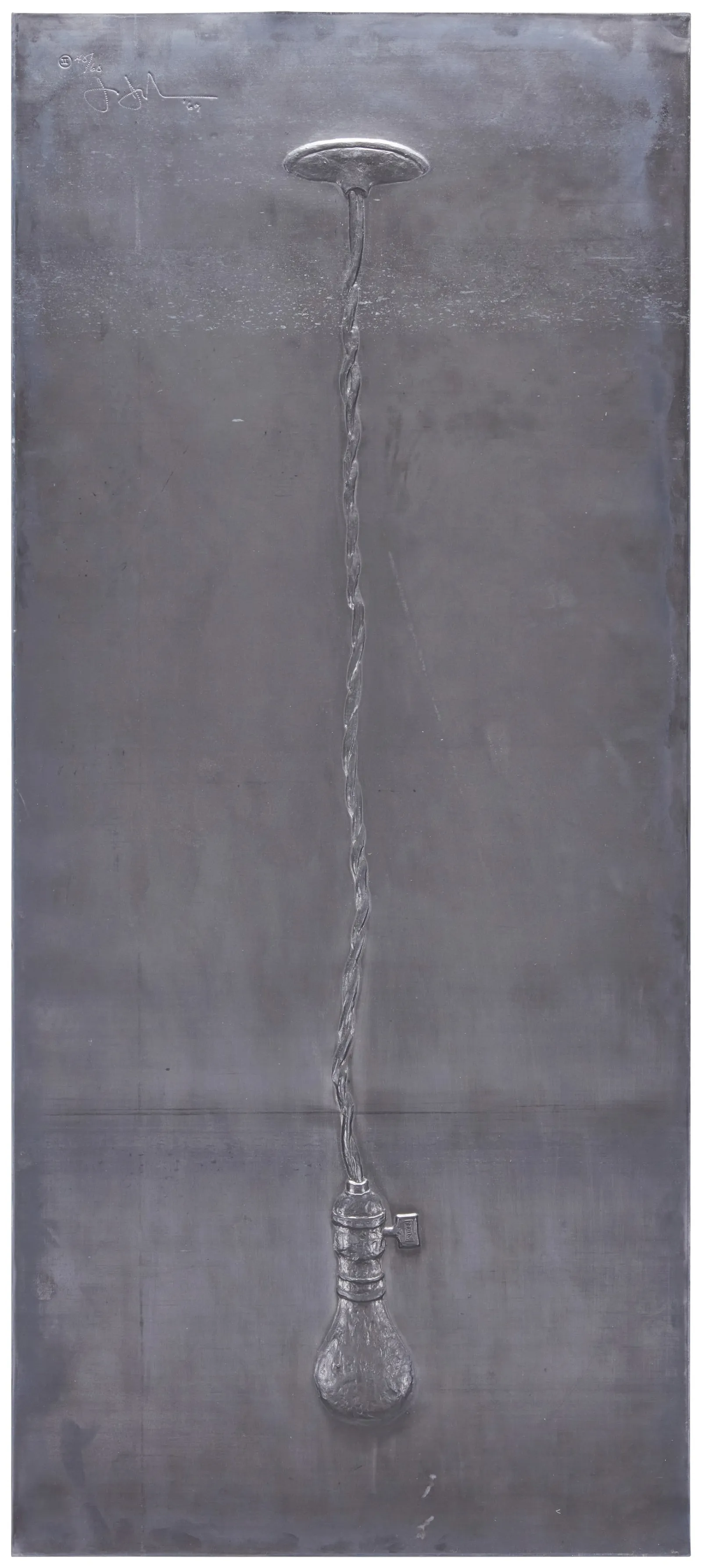
Jasper Johns, 'Light Bulb,' estimated at $20,000-$30,000 at Moran.
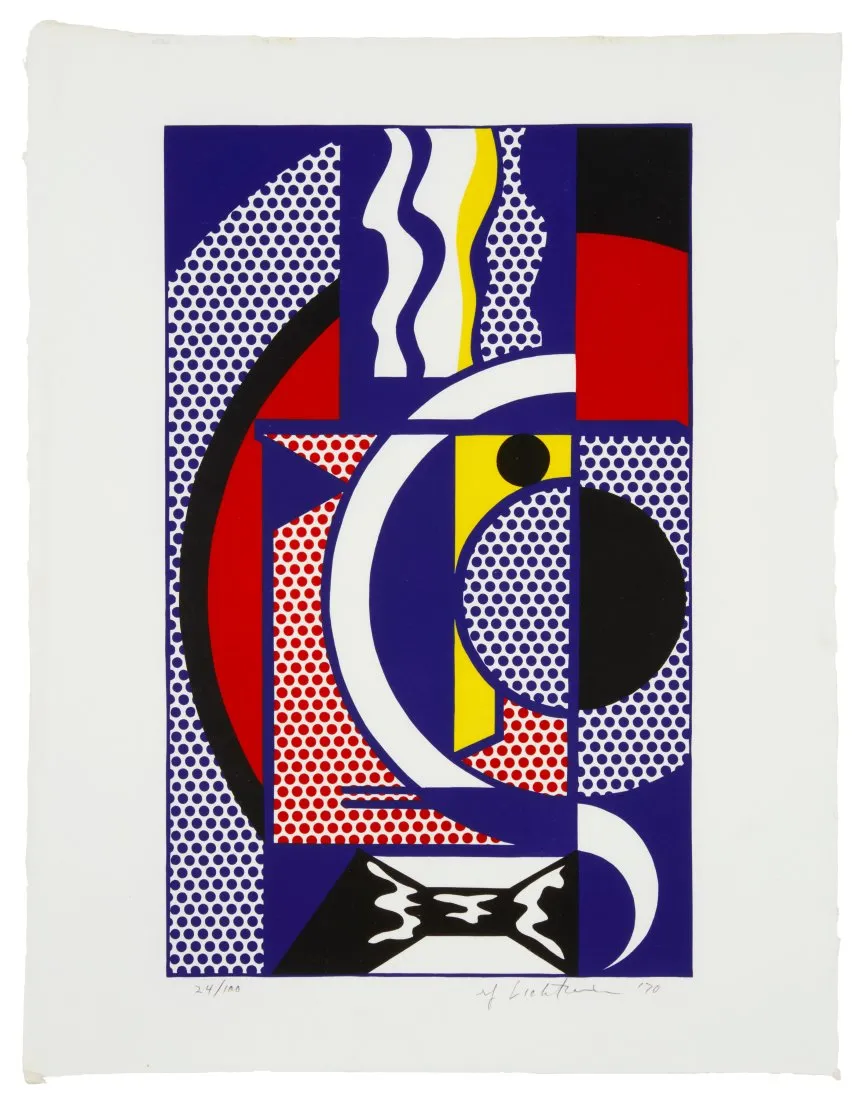
Roy Lichtenstein, 'Modern Head #1', estimated at $15,000-$20,000 at Moran.


